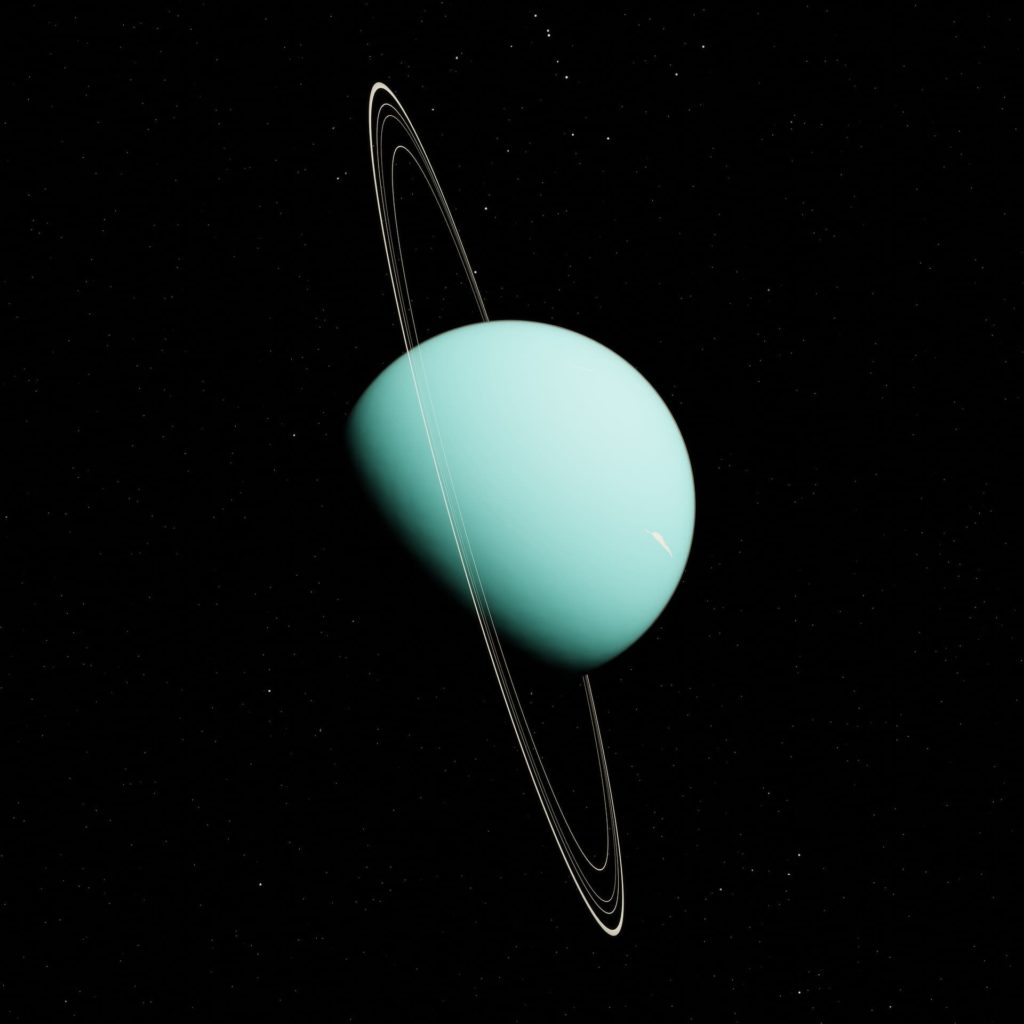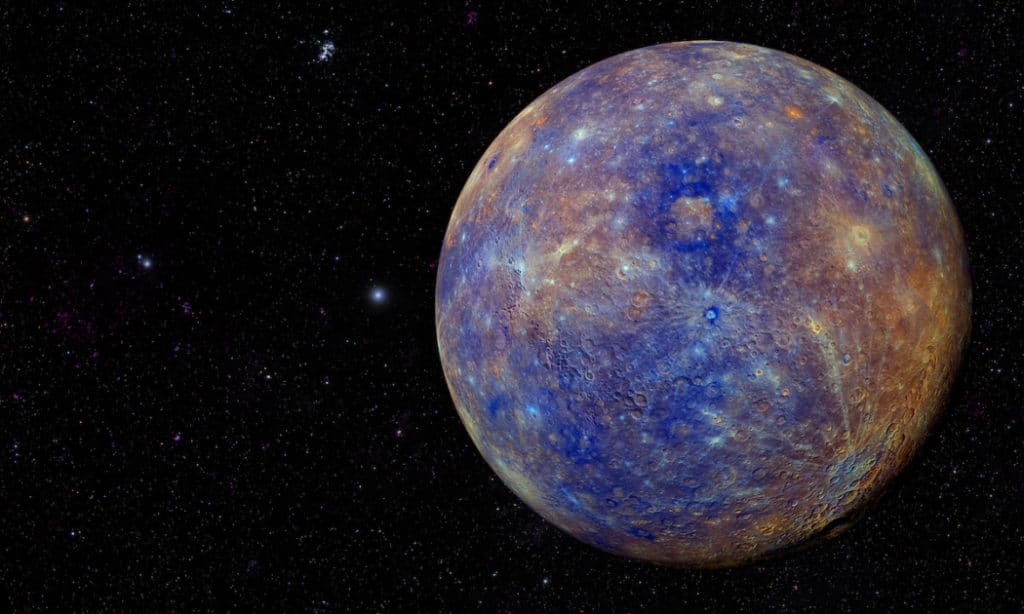The universe is a really big place, but if you’re like most of us, you don’t know a whole lot about your own backyard. And by ‘your own backyard’ we mean the planets, of course! Let’s take a look at some of our favorite facts that are, ahem, out of this world. (Sorry, we had to!)
Venus nor Mercury has a single moon to speak of and nobody really knows why. Just for comparison, Saturn has over 60 moons. Now there is some research out there that suggests Venus probably had one at one time, but *shrug*.
Uranus is just out there spinning around on its side. That’s right, unlike how we remember it from all of those planetary posters hanging in our elementary classrooms, this planet actually rotates on its side, rolling around the sun like a ball. You’re probably wondering why, and scientists believe it has something to do with some sort of titanic collision a long, long, long time ago.

You can see Earth’s magnetic field with your own two eyes during a light show. So we have this massive magnetic field surrounding our planet that protects us from things like blasts of radiation and particles that the sun tends to send our way. Good thing we have it because this could be deadly, as one can imagine. Anyway, when you see auroras shining in the sky, that is actually particles from the sun flowing along magnetic field lines and interacting with our upper atmosphere.
Mars is home to a volcano bigger than the entire island of Hawaii. Olympus Mons is roughly 374 miles across (about the size of Arizona) and 16 miles high (three times taller than Mount Everest). How can a volcano grow even bigger on Mars than it can on Earth? The answer is simple: weaker gravity on Mars.
On Earth, we worry about hurricanes and tornadoes where winds reach hundreds of miles per hour, but on Neptune, those winds can reach up to 1,100 mph. That is faster than the speed of sound here on Earth. Why are the winds so strong? We don’t know.
Spacecrafts have visited each and every planet. 60 years isn’t that long, but in the 60 short years we’ve been studying space, we’ve been able to see tons of close-up photos all thanks to, you guessed it, spacecrafts.
Mercury is shrinking. Already the smallest planet, Mercury is only getting smaller and denser as we speak.

Mercury is hot, hot, hot but that doesn’t stop ice from forming. We know what you’re thinking, but isn’t Mercury the closest planet to the sun? And to answer that question, yes, yes it is. But you see, this ice is formed in permanently shadowed craters that never see any sunlight.
It’s a very real possibility that there is a massive planet at the edge of the solar system. And while we are very aware this sounds like the cliffhanger at the end of a science fiction book, it could be fact:
“In January 2015, California Institute of Technology astronomers Konstantin Batygin and Mike Brown announced — based on mathematical calculations and simulations – that there could be a giant planet lurking far beyond Neptune. Several teams are now on the search for this theoretical “Planet Nine,” and research suggests it could be located within the decade.” (Source)
